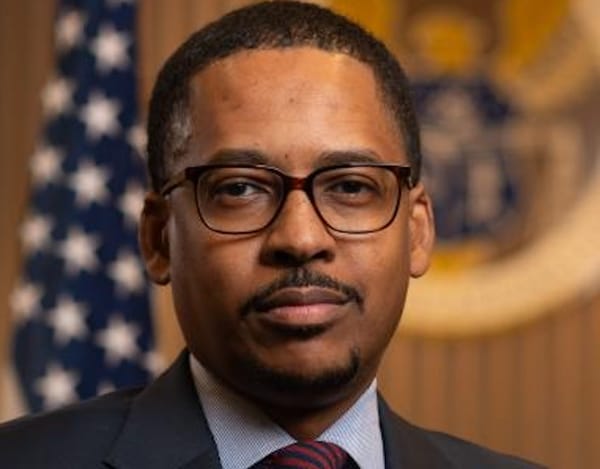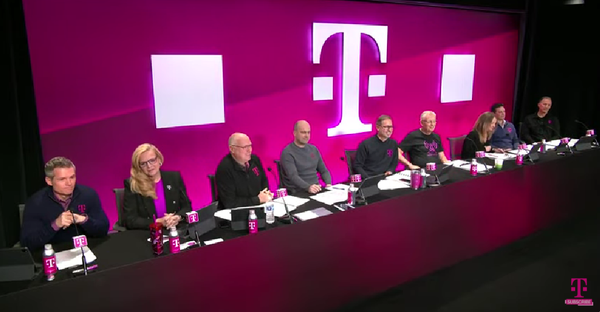FCC FDA Joint Meeting Discusses Challenges, Successes of Broadband in Healthcare
WASHINGTON, July 26, 2010 – A panel of industry representatives from companies manufacturing new broadband-capable medical tools said they were looking for ways to have these technologies integrated into the current medical systems.
WASHINGTON, July 26, 2010 – A panel of industry representatives from companies manufacturing new broadband-capable medical tools said they were looking for ways to have these technologies integrated into the current medical systems.
Hillary Chen, from the Office of Science and Technology at the White House, focused on global health issues. She said mobile medical technologies are important for both the United States and developing countries. In the United States the numbers of smartphones and smartphone applications are quickly increasing. Many developing countries’ citizens heavily utilize mobile phones for information instead of the more expensive computer. As mobile phones become more popular, the prices are expected to come down. By 2013, Chen estimated that worldwide, phones would outnumber computers.
As far as medical technologies go, Chen said that programs such as Text for Baby, which sends tips and medical advice to new and expectant mothers, could easily provide help to millions of people. However, she said that while there are many new technologies, integrating them with existing health systems may be a problem.
Don Jones from Qualcomm; gave several examples of specific medical innovations that use broadband. He showed a smart band-aid that can remotely monitor patients with congestive heart failure and a Bluetooth-enabled stethoscope that can communicate with other medical tools and automatically record heart rates. He advocated products that will be interesting from a consumer’s perspective as well as from a physician’s perspective.
Tim Kotek from GE Healthcare said the ultimate goal of these technologies should be to provide better healthcare to more people at a lower cost. However, he said they needed more spectrum to reliably deploy remote medical monitoring, and asked the FCC to continue to work with spectrum allocation.
David Hankin showed how broadband can help paralysis patients. He represented the Alfred E. Mann Foundation for Scientific Research, and showed a video where a paralyzed patient had micro-stimulators surgically inserted into his limbs. The micro-stimulators use radio frequency to make the muscles move, and can be adjusted by a remote device.
He also said the main challenge of converging medical and communications technologies is regulatory. The ideal spectrum for certain medical technologies is not only currently unavailable, but of a specific range as well. He was also concerned about the makers of these technologies getting reimbursed for their innovations.
Ken Dicks from MedApps was also concerned about reimbursement, and said “If you build it, they will not necessarily come.” He said innovation in the medical field is personal and consists of 20 percent actual technology and 80 percent psychology. It is hard to predict adoption rates for medical technologies, which makes it hard for medical companies to get investors on board with their new products.
In the round table discussion portion of the meeting, Jorge Valdes from DexCom said medical care will eventually be much more cost effective if people can utilize smartphones to monitor and record their health issues. Bonnie Norman, from Intel, agreed, and said “true innovation is the problem we solve, not the new technologies we make.” She said that giving caretakers remote monitoring technologies could solve the problem of medical care for the aging population.







